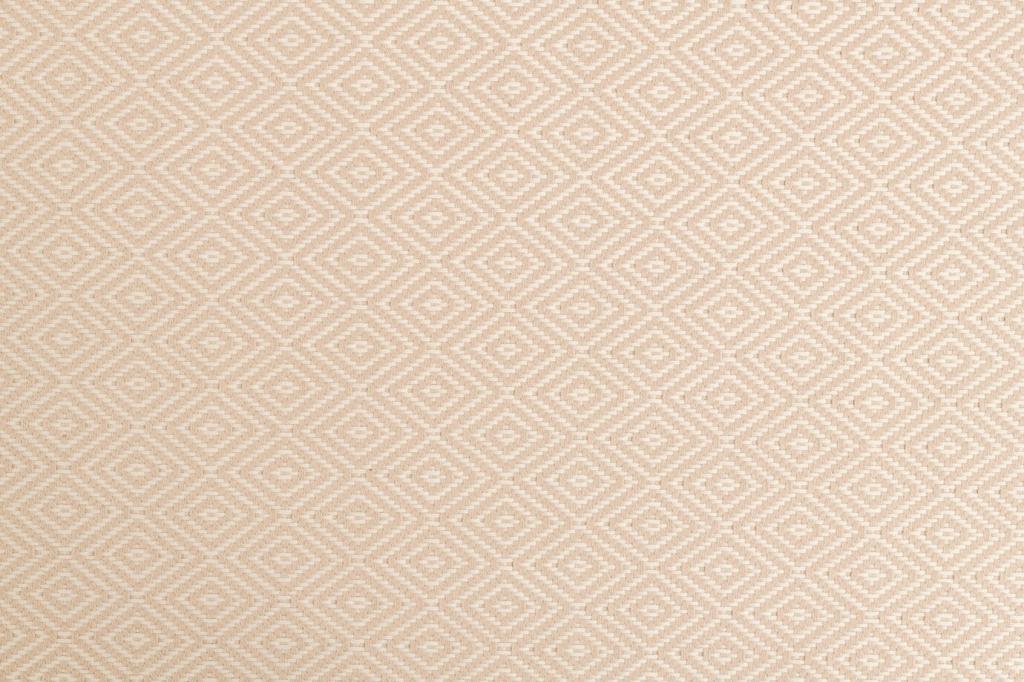Eco-Conscious Decor: Combining Style with Sustainability
Eco-conscious decor is about creating aesthetically pleasing interiors that honor the planet. Today’s environmentally aware homeowners are finding that it’s possible to express their unique style without sacrificing ethical and ecological responsibilities. By making informed choices—from materials to production processes—every space can embody both beauty and a respect for the environment. This approach not only benefits the earth but also contributes to healthier, more harmonious homes that reflect the values of those who inhabit them.
The Philosophy Behind Sustainable Interior Design
The Lifecycle of Materials
Understanding the lifecycle of materials is fundamental to sustainable decor. This involves selecting furnishings and finishes created with eco-conscious intent, from renewable resources and recycled content to biodegradable products. By prioritizing items that are responsibly sourced and manufactured, homeowners can significantly reduce the environmental footprint of their design choices. It’s also important to consider durability and repairability, ensuring that each piece is built to last. This philosophy shifts the focus from short-lived trends to long-term stewardship, nurturing both elegant interiors and a healthier environment.
Ethical Production and Labor Practices
Sustainable decor also requires a deep examination of production processes and labor practices. This block addresses the importance of transparency and ethical standards within the supply chain, emphasizing the human side of eco-friendliness. Purchasing from companies that offer fair wages, safe working conditions, and community support ensures your decor doesn’t come at the cost of others’ wellbeing. Responsible shoppers look for certifications and statements of social accountability, aligning their interiors with values of justice and compassion. In this way, beauty is cultivated not only in form, but also in conscience.
Minimizing Waste and Embracing Renewal
At the core of sustainable design is the principle of doing more with less. Reducing waste means embracing second-hand and vintage finds, repurposing existing items, and selecting products with minimal packaging. It also encourages circularity, returning materials to useful life rather than sending them to landfills. By fostering creativity and resourcefulness, eco-conscious decor invites us to see the potential in every object and to give new purpose to the old. Each piece, thoughtfully chosen or lovingly restored, adds depth and meaning to our homes while upholding a commitment to sustainability.
Advancements in Sustainable Materials
In recent years, the availability and performance of sustainable materials have evolved dramatically. Innovations such as mushroom-based mycelium panels, bio-resins, and recycled composites provide strong, versatile alternatives to traditional options. These materials often require less energy to produce, reduce waste, and support a cradle-to-cradle philosophy. They also offer unique aesthetics that celebrate the beauty of nature’s imperfections, allowing homeowners to craft spaces that tell authentic, environmentally responsible stories. As the market grows, access to these materials becomes easier and more affordable than ever.
Non-Toxic Paints and Finishes
Traditional paints, stains, and finishes often contain volatile organic compounds (VOCs) that can compromise indoor air quality and harm the wider environment. Fortunately, non-toxic, low- or zero-VOC products are now widely available, allowing for vibrant color palettes without the toxic side effects. These alternatives safeguard the health of families, pets, and the planet, offering peace of mind alongside stylish results. Furthermore, many eco-friendly finishes use natural ingredients like clay, lime, or plant-based oils that age beautifully and contribute to the unique character of a space. Making the switch to cleaner products is a simple yet powerful step toward a healthier home.
The Beauty of Reclaimed and Upcycled Elements
Reclaimed wood beams, vintage hardware, and upcycled furnishings bring unmatched personality to interior spaces. Beyond their visual appeal, these elements embody the spirit of sustainability by minimizing the demand for new resources and reducing waste. Sourcing such pieces may require a bit more time and creativity, but the rewards include a truly one-of-a-kind environment infused with history and craftsmanship. By choosing to restore and repurpose, homeowners participate in a story that honors both past and future, showing that sustainable choices can also be the most stylish and captivating.
Previous slide
Next slide

Choosing Quality Over Quantity
The ethos of “buy less, choose well” transforms both the look and feel of living spaces. Prioritizing craftsmanship, longevity, and timeless style over fleeting trends reduces waste and creates homes that age gracefully. Investing in fewer, better pieces often translates to greater appreciation and care, fostering deeper connections with our possessions. This approach challenges the disposable culture of fast fashion and temporary decor, establishing a new standard where elegance and sustainability go hand-in-hand. In doing so, every item gains significance as part of a curated, conscious lifestyle.
Supporting Eco-Conscious Brands and Artisans
Locating brands and makers who are truly committed to environmental stewardship is key to eco-conscious decorating. These companies prioritize low-impact materials, energy-efficient manufacturing, and packaging that minimizes waste. Many also engage in philanthropic initiatives, carbon offsetting, or reforestation programs, adding new dimensions to your decor impact. Supporting these businesses creates demand for further innovation and amplifies the positive changes taking place across industries. By investing in local craftsmanship and small-scale artisans, homeowners also celebrate artistry and keep environmental impact at a minimum.
The Role of Certifications in Decision-Making
For consumers striving to make sustainable choices, certifications offer valuable assurance. Labels such as FSC (Forest Stewardship Council), GOTS (Global Organic Textile Standard), and Greenguard indicate products that meet rigorous environmental and social criteria. While certifications aren’t infallible, they provide a helpful starting point for identifying genuinely eco-friendly options amid greenwashing. By learning to recognize and prioritize these symbols, shoppers cultivate greater confidence in their purchases, contributing to a market where transparency and accountability are the norm and encouraging best practices across the design industry.
